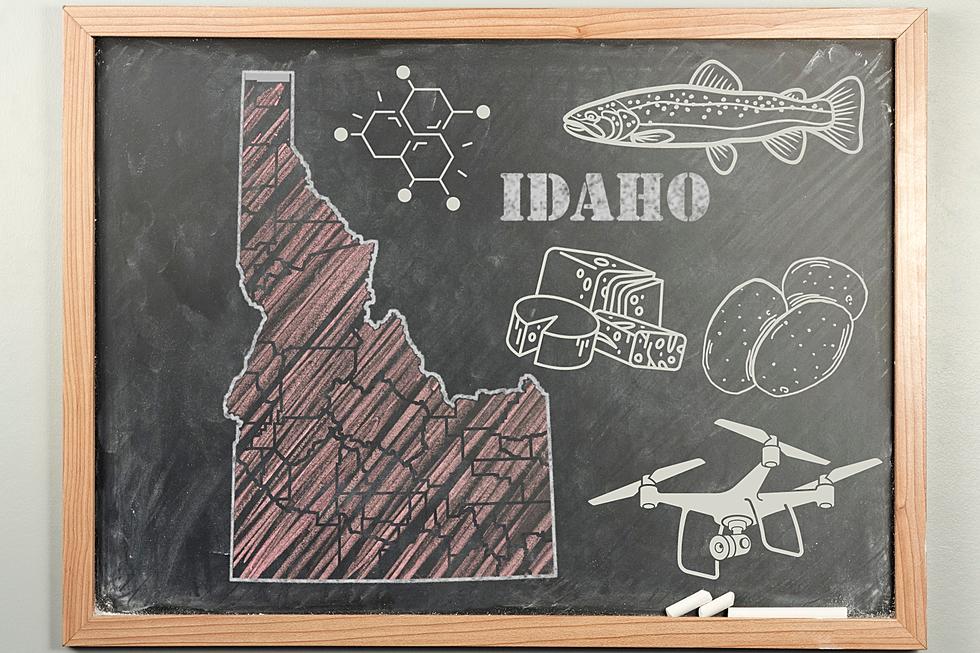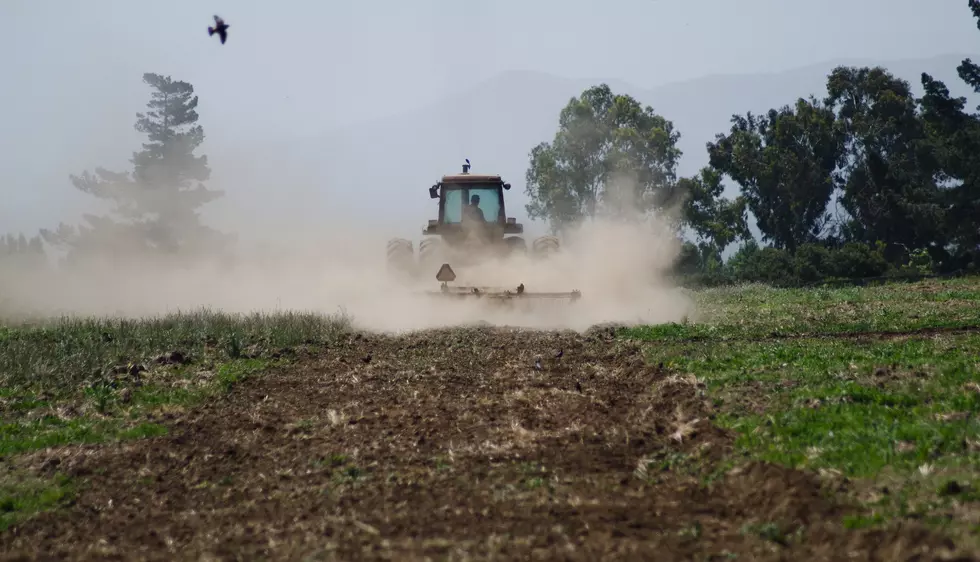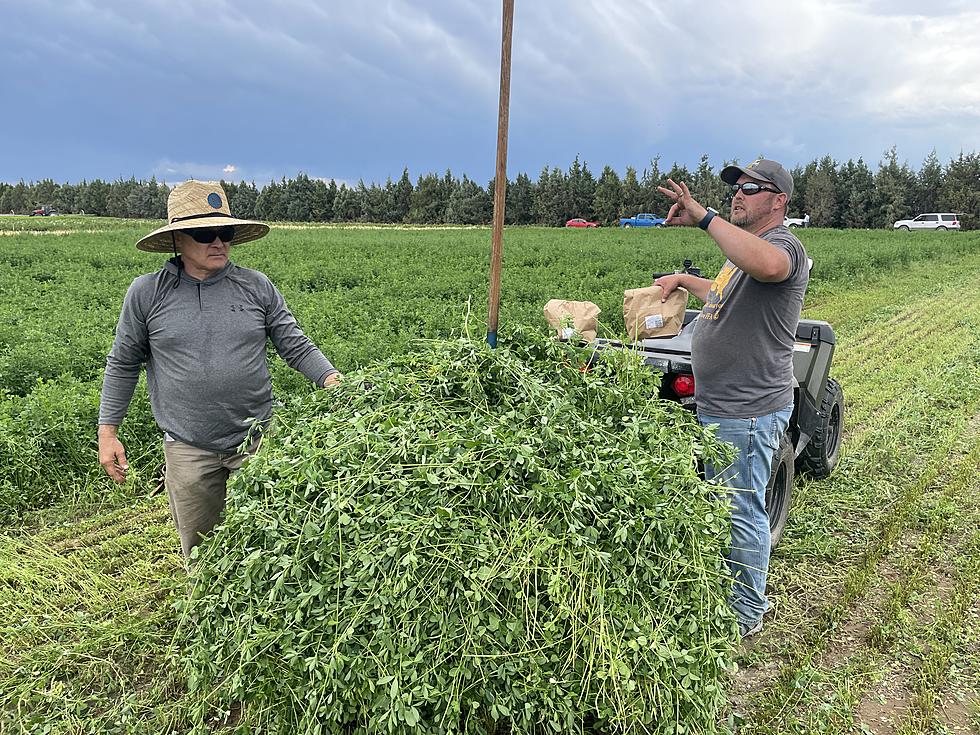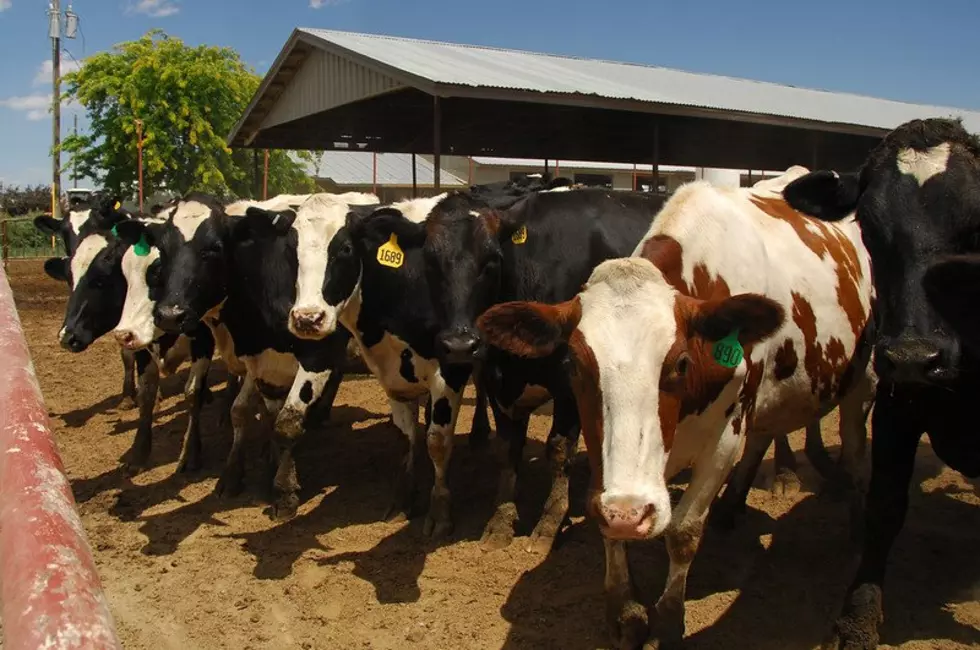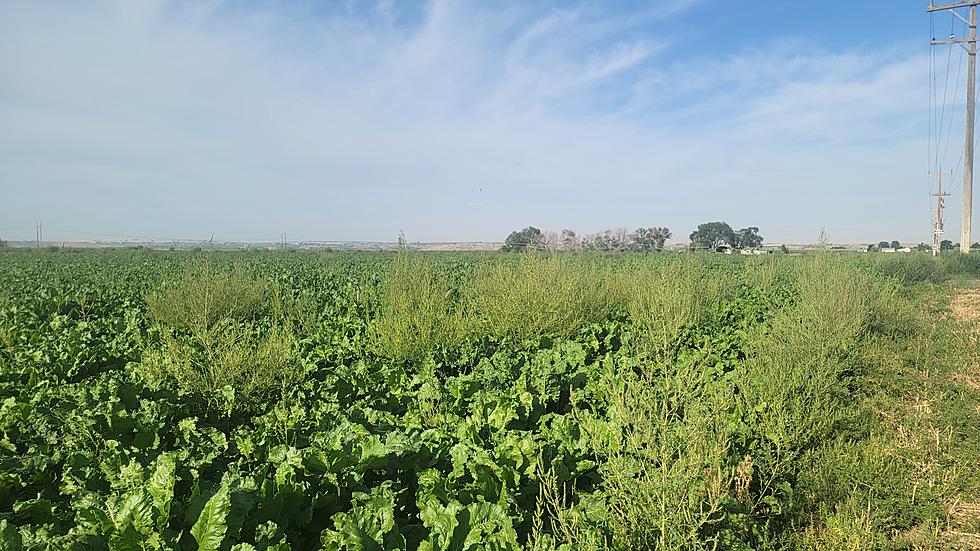
Leafy Spurge: Big Idaho Issue
MOSCOW, ID — Madison County rancher Galen Lusk has grown accustomed to finding isolated patches of leafy spurge within his dryland pastures in recent years.
This season, however, a wet spring provided idyllic conditions for the resilient noxious weed to run rampant throughout his rangeland. Lusk was among several farmers, ranchers and weed control experts who attended a recent University of Idaho Extension forum hosted in a Rexburg park to highlight the mounting regional threat posed by leafy spurge.
“I keep cattle out there in the spring and calving time and again in the fall, but where it used to be all grass, now it’s covered with yellow in the blossom time,” Lusk said, referencing the pretty yellow flowers the plant produces, often alerting landowners of a weed infestation. “We’re at the point where we’ve got to do something.”
The event’s organizer, UI Extension Educator Jared Gibbons, emphasized eliminating leafy spurge usually requires a multi-pronged strategy and several years to accomplish.
Throughout June, when leafy spurge was in bloom, Gibbons, a cropping systems agronomist who started with UI Extension in Madison County last fall, fielded several calls from landowners seeking advice on control methods.
The creeping perennial weed, native to Eurasia, creates monocultures and can reduce the carrying capacity of rangeland by 50% to 75%. Seed can be discharged up to 15 feet away, and the root system can spread up to 15 feet wide and 30 feet deep. The plant’s sap contains toxins that cause irritation and digestive problems in both humans and livestock. Wet weather this spring enabled the weed to spread rapidly in much of eastern Idaho.
“We just realized it was a lot bigger and a lot more well established this year than the past and it had really taken off in some areas,” Gibbons said.
Gibbons advises landowners to fight back against the weed using a combination of herbicides, biological control agents such as insects that feed on leafy spurge, tillage and even goat grazing. Other livestock, such as cattle, consume leafy spurge only as a last resort as it makes them sick.
Gibbons has been adding GPS pins to a mobile app, EDDMapS, identifying locations where he encounters previously undetected leafy spurge. The app requires users to submit a photo for a weed sighting to be verified. Gibbons also plans to collaborate more closely with county weed officials and other stakeholders in coordinating attacks against leafy spurge.
During a discussion about how to identify leafy spurge, UI Extension Educator Joseph Sagers joked, “It looks like most of Madison County is what it looks like.”
Some counties have taken to deploying biological control agents to fight leafy spurge using drones.
“I think there’s a lot of potential in these biologicals,” said Sagers, who is based in Jefferson County. “I just wish they’d get them propagated so they’d be more available to more people.”
Landowners using herbicides to battle leafy spurge should make two to three applications spanning from June through August, preferably using herbicides with different modes of action. County weed superintendents can apply to receive herbicides funded by the state to share with landowners, who typically split the cost of applying chemicals with their county.
Leafy spurge has been spreading along canals and waterways in recent years. It’s extremely challenging to control where it grows near water, as certain herbicides are restricted from use in wet areas. Furthermore, the best insects for biological control of the weed can’t survive in riparian habitat.
Ririe farmer and rancher Gordon Gallup has noticed leafy spurge proliferating along canals and streams through his property.
“It’s been a prevalent weed for probably 15 or 20 years, but it seems like its territory is expanding,” Gallup said. “It’s tough to kill. You need to be proactive or you’re going to have a mess.”
Source: University of Idaho Extension
Oregon Iconic Wildlife & Sea Creatures
More From PNW Ag Network
